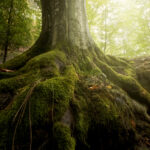
Trees Use Forest-Wide Communication Networks
Humans aren’t the only organisms who need to communicate in order to thrive. Sure, animals and insects communicate with each other in different ways, but did you know that trees do it too?
The tree chatter
No, trees don’t speak (unless you count the Ents from Lord of the Rings), but they do have a complex way os sending and receiving messages from one another. Their biological communication ‘mechanism’ is called mycorrhizal networks. Those networks are interconnected with microscopic fungi living on the trees’ roots. The trees can then use the fungi to share sunlight or warm each other about dry seasons coming up.

What’s in it for the fungi?
The fungi connecting mycorrhizal networks also benefit from their job as a woodland telephone operator. When a tree maintains a symbiotic relationship with its fungi friends, it shares some photosynthesized sugars with them as a thank you for their hard work. This sugar provides the fungi with the energy they need to retrieve minerals and nutrients from the ground.
When a community communicates
A forest is like a community of trees. And each community needs to be tightly knot to guarantee the survival of its members. This means that if a tree at one end of the forest detects something that could harm its community, it will use the network to make sure every single tree knows about it and protects itself.
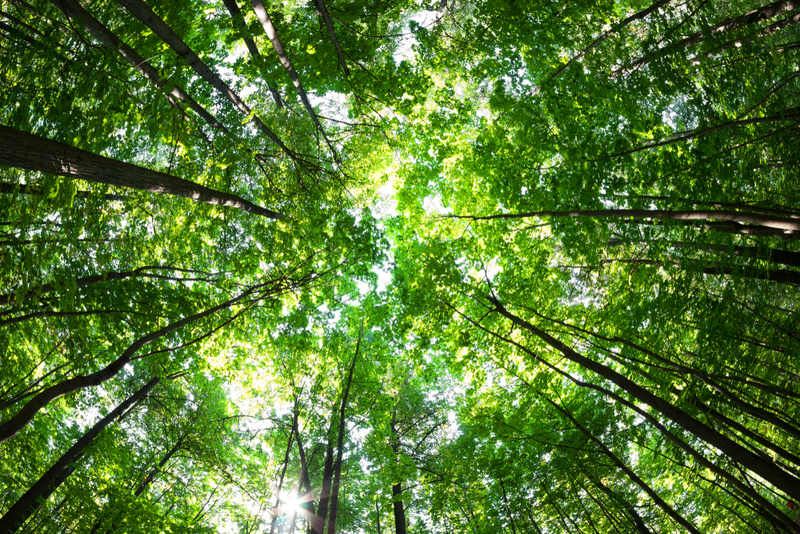
Just like every other organism on the planet, trees also want to procreate. They communicate to help their seeds spread. They release those seeds along with water and nutrients to help their community not only survive but grow as well.
It’s all in the family
Tree networks tend to revolve around a central Mother Tree. It is the main intersection through which most of the important messages go. Foresters claim that each Mother Tree can recognize its own children and care for them. Mother Trees are usually easy to spot, as they will be the biggest, oldest trees in the forest.
73 thoughts on “Trees Use Forest-Wide Communication Networks”
Leave a Reply
You must be logged in to post a comment.

Dare to Dream: Why Octopuses Change Colors in Their Sleep
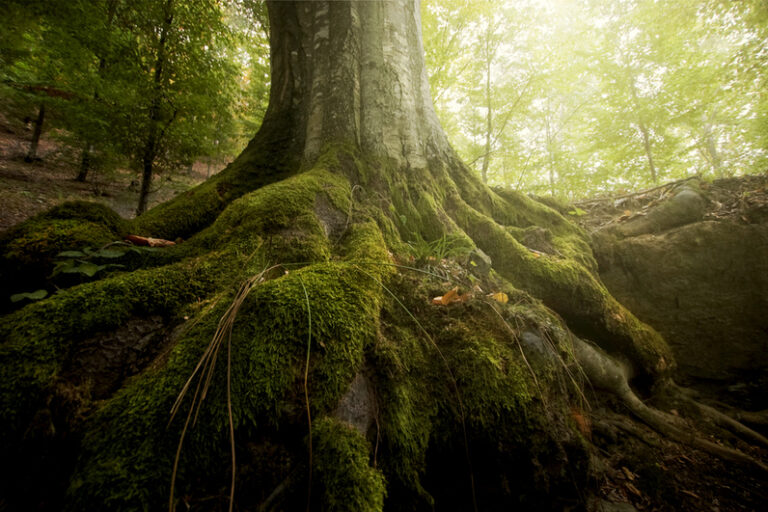
Trees Use Forest-Wide Communication Networks
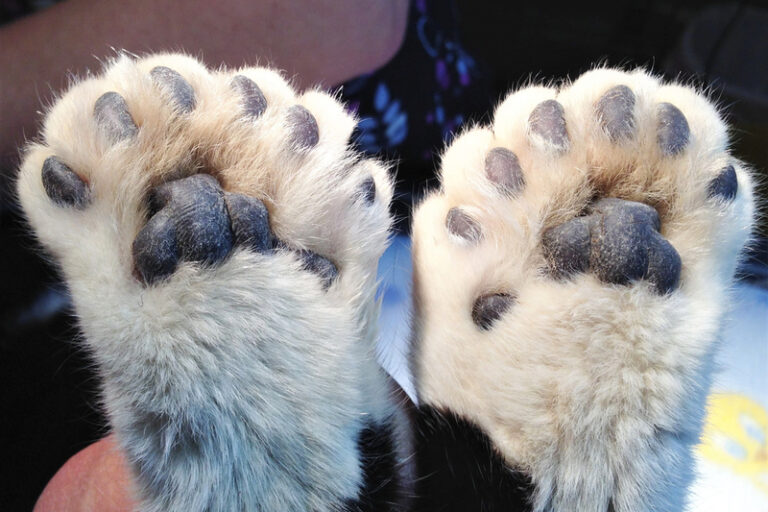
The Science Behind Polydactyl Multi-Toed Cats

The 40 Wealthiest Universities in the United States

These Useful WD-40 Hacks Will Have You Feeling Ahead of the Game

This Is Why These Cars Get Returned by Owners Within the First Year

Beautiful Abandoned Places

Personal Hygiene in Medieval Times

More Astonishing Photographs Taken By Flying Drones

The Most Bizarre Weapons Used by U.S. Navy Units

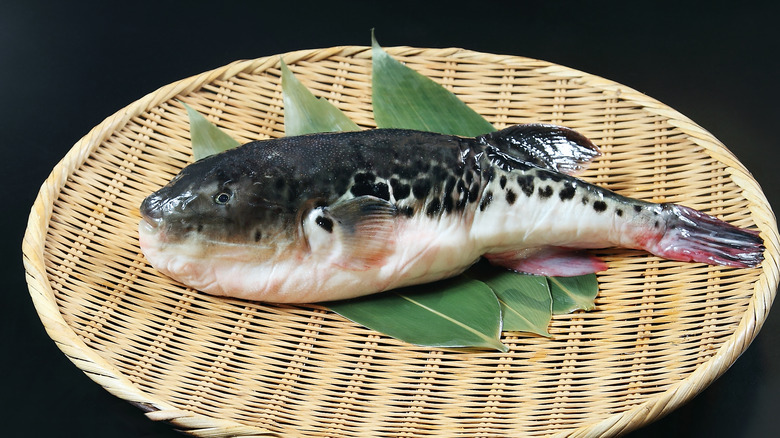



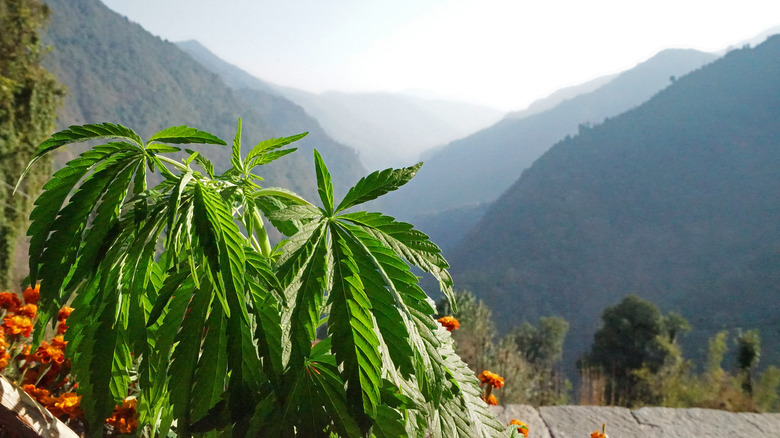











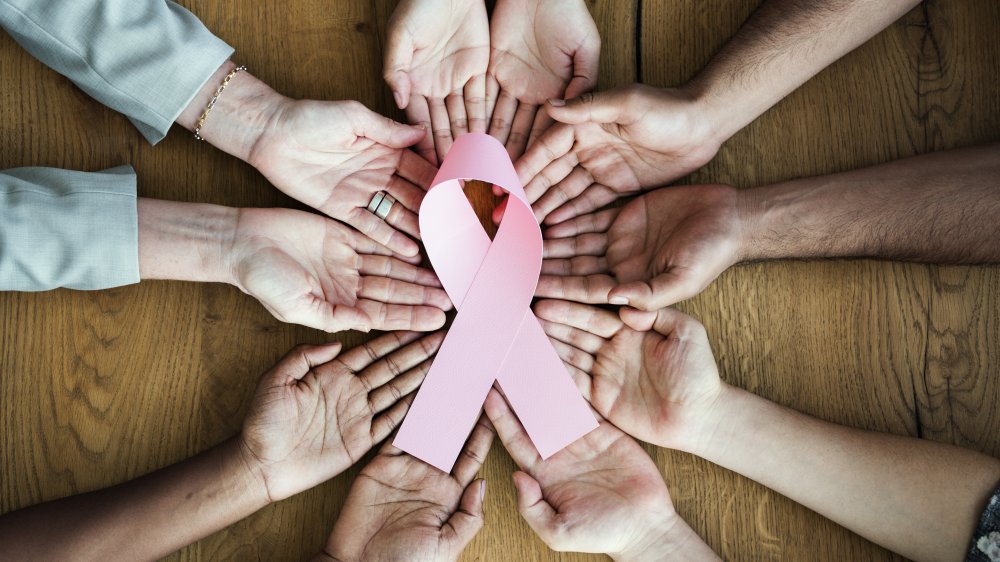
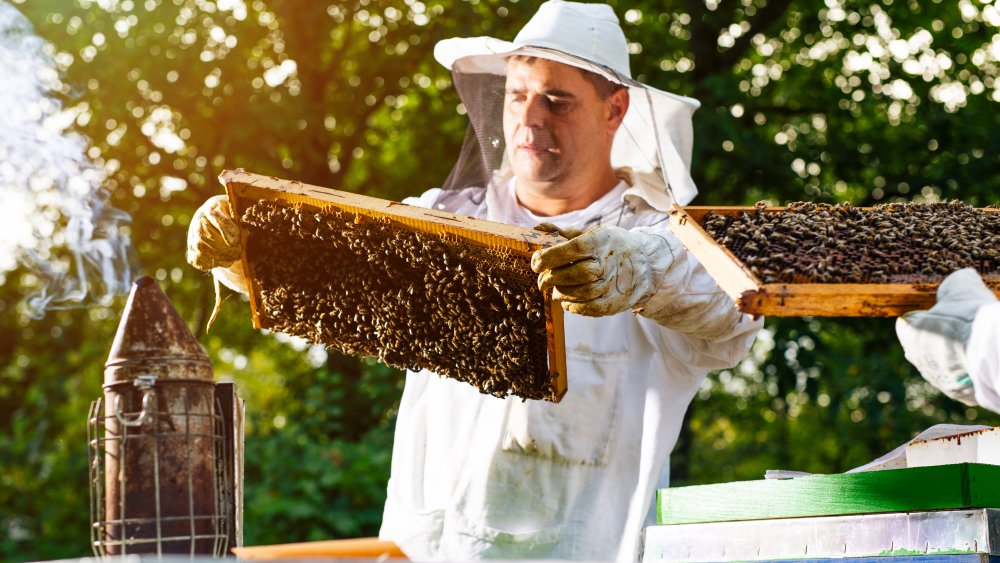
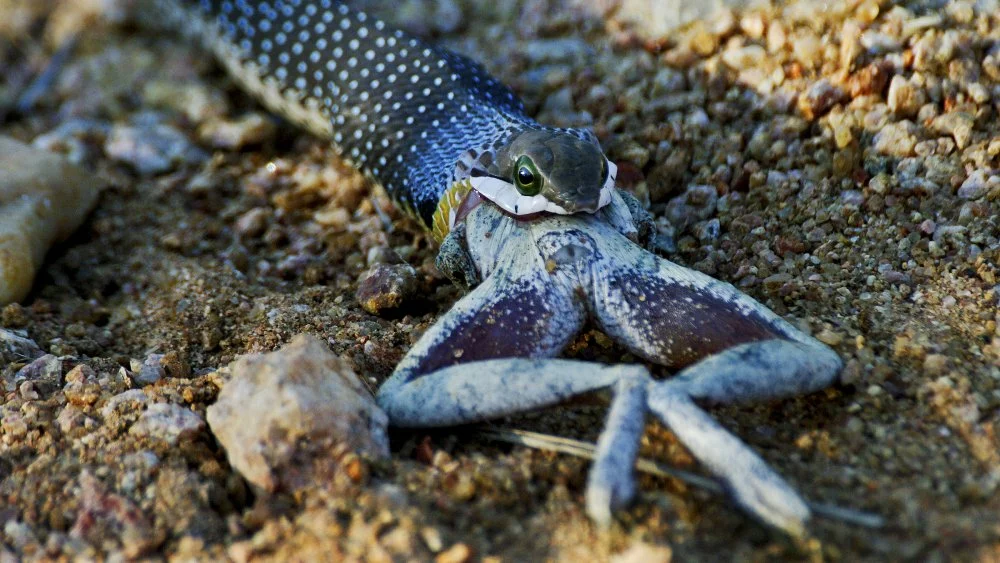



Thanks for sharing. I read many of your blog posts, cool, your blog is very good.